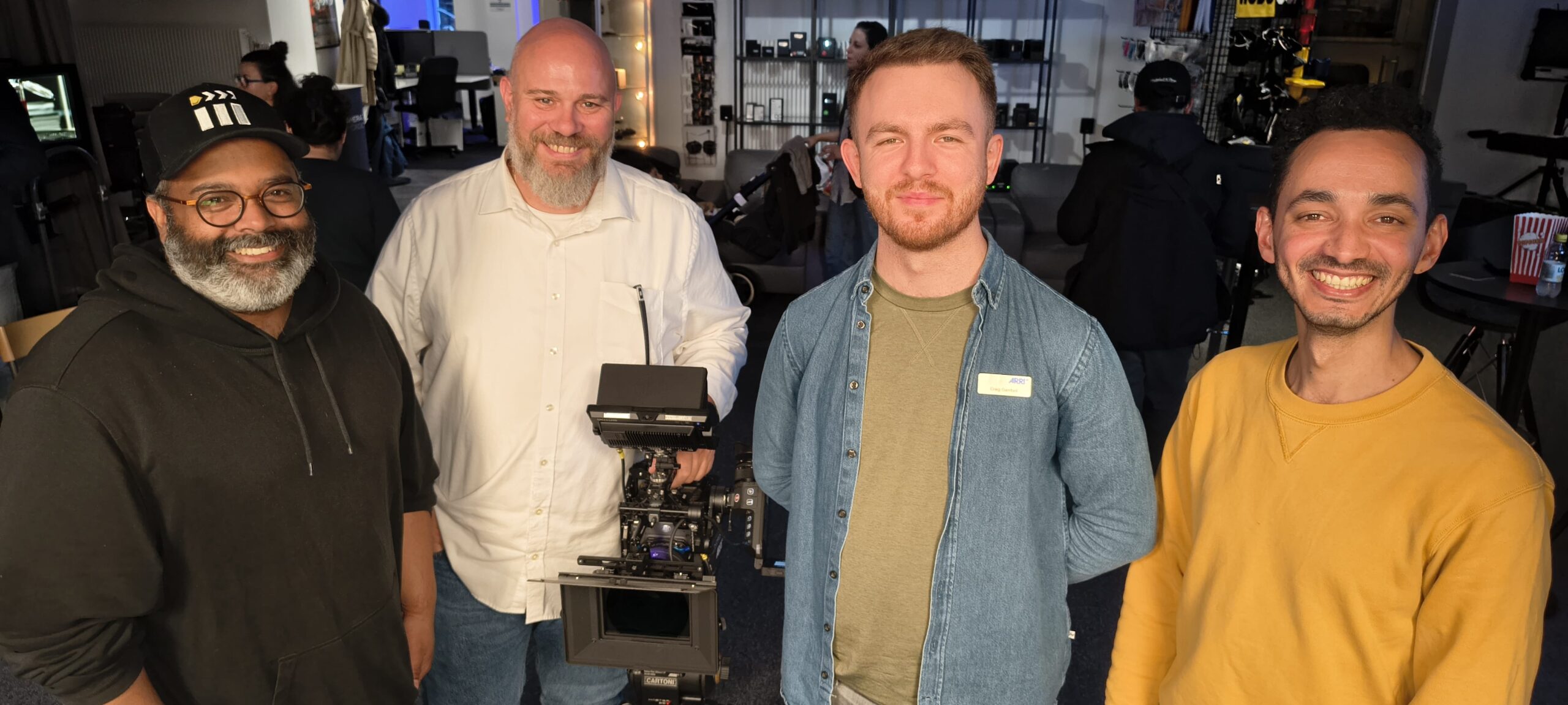Additional Frame Rates Standardized by SMPTE
The SMPTE has recently published a new standard called “Additional Frame Rates for D-Cinema”. This standard defines the digital cinema projection speeds of 25, 30, 50 and 60 frames per second as possible additional projection frame rates inside the DC28 / 21DC framework (JPEG 2000), in addition to the speeds of 24 and 48 fps that were already defined.
Det är filmfotografen Kommer Kleijn, SBC, som inom ramen för Imagos tekniska kommité och med mycket arbete lyckats få förståelse hos SMPTE för en utökad standard när det gälle bildfrekvenser för digitala biografprojektorer.
Two server manufacturers have already implemented the standard. A big number of digital cinemas (if not yet the majority) are now capable of showing digital movies at 6 different speeds: 24, 25, 30, 48, 50, and 60 fps monoscopic, and if also equipped for 3D; 24, 25 and 30 fps stereoscopic. By tripling frames, 16 and 20 fps are also available in those cinemas for the projection of archival materials.
This standard and its ongoing implementation are a direct result of an IMAGO initiative that started with cinematographer and IMAGO member Kommer Kleijn SBC in 2003, who, strongly supported by IMAGO and EDCF started first a study group within SMPTE DC28 in 2006 which subsequently evolved into the Additional Frame Rates Ad Hoc Group who brought forward this standard SMPTE 428-11-2009.
The standard can be obtained from the SMPTE web site by following this link
The Additional Frame Rates Study Group report was published this month in the April 2009 issue of the SMPTE Journal.
The reasons for the new speeds are described in the report above, but in a nutshell, they are:
24 fps: classical cinema film speed.
25 fps: needed to allow movies produced at 25 fps (this happens frequently in 50 Hz areas) to be shown at their correct intended speed.
48 fps: used for 24 fps stereoscopic (3D) playback
50 fps: needed for 25 fps stereoscopic (3D) playback
60 fps: allows for movies to be made and shown with high temporal resolution, while staying compatible with after market media like Blue-Ray and DVD disks. Movies shot and shown at 60 fps will be virtually free of stroboscopic artefacts and will allow new developments in cinematographic language, since it will allow movements (both camera and/or action) that can not be rendered with 24 or 25 fps projection. Additionally, 60 fps will allow for 30 fps per eye stereoscopic (3D) production and projection, a welcomed higher temporal resolution for stereoscopic (3D) movies.
30 fps: will be needed to show 2D versions of stereoscopic movies that have been produced at 30 fps per eye.
A second standard is still in a research state and is meant to allow more precise archival frame rates (like 18 and 22 fps) for specialized installations like film museums, archives and film schools.
I feel that our federation may be proud of having actively contributed to a hopefully significant piece of future cinema technology. The 60 fps speed will hopefully move our limits and frontiers in the future and allow us to create new cinematographic experiences and stronger, richer and original storytelling.
25 fps will allow for a more precise genuine presentation of the originally intended material, both for image and sound.
Our next task will be to gently request every cinema to implement these new speeds and then subsequently convince our colleagues directors and producers to allow us to start using them ![]()
I would like to thank all that have actively supported this endeavor, and in particular Andreas Ficher-Hanssen, Joe Dunton, Tony Costa and Nigel Walters and many others who have done everything in their power to help to make this happen.
At the EDCF and SMPTE special thanks are to be expressed to Jim Wilkinson, Peter Wilson, John Graham, Paul Collard, Rich Welch, Al Barton, Bob Kisor, Wendy Aylsworth, Peter Dare, Dave Schnuelle and many others. A very special thanks should be sent to Charlie Sandbank, who pushed this effort actively and sadly enough lived not long enough to see it succeed.
A big thank you to all!
Best regards,
Kommer Kleijn SBC, SMPTE AFR AHG Chair.
P.S. More info on the subject in Oslo
P.S.2. Don’t hesitate to ask if anything seems unclear.
..............................................................
Kommer Kleijn SBC http://www.kommer.com
VFX Cinematographer, Brussels, Belgium, Europe
Motion Control, Stereography, Digital Imaging, Large Format





